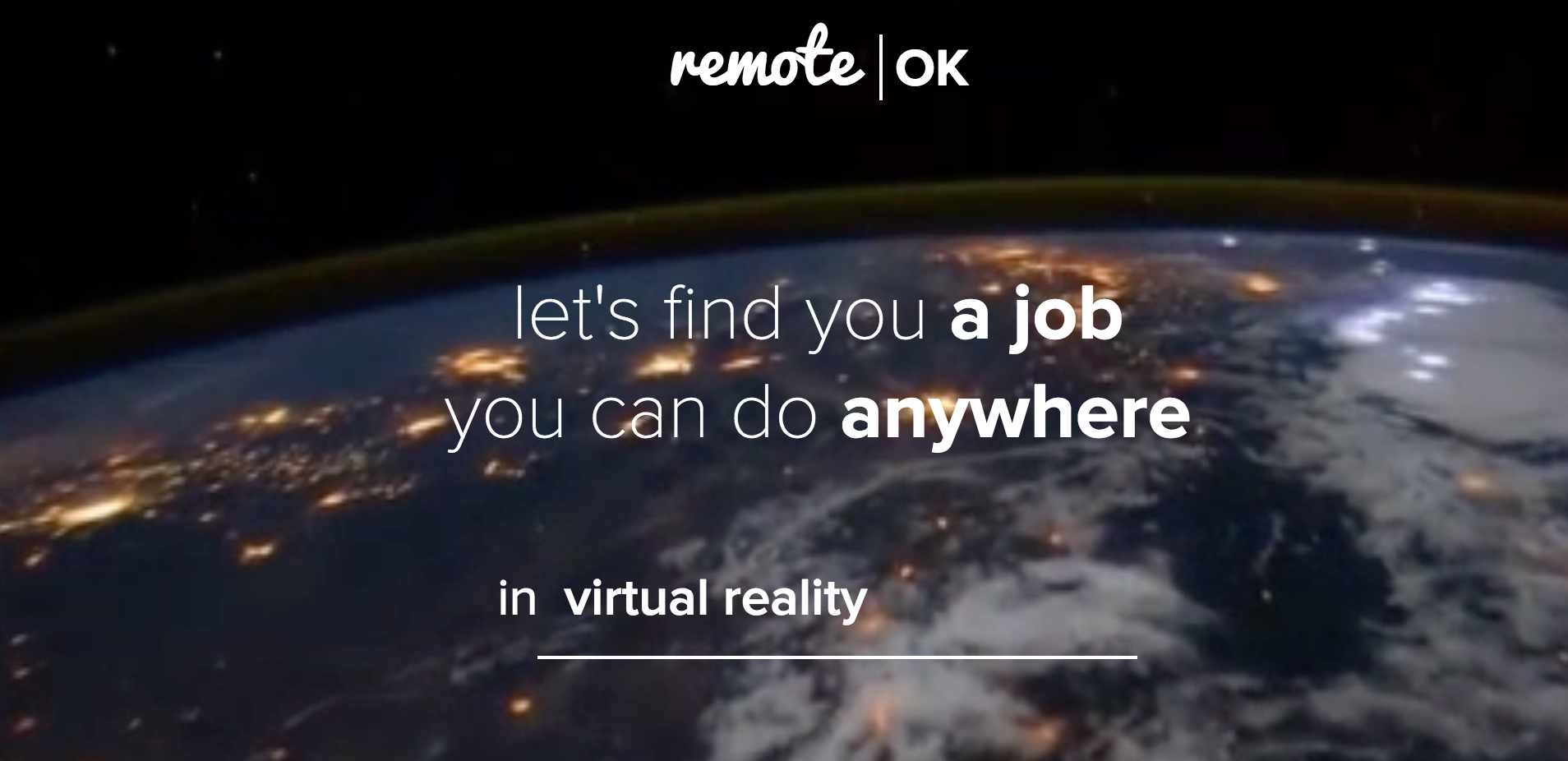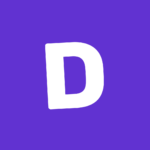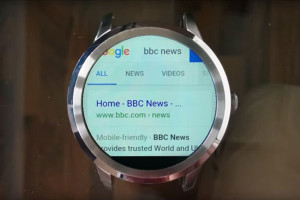
Last week we discussed digital nomadism and some of the many ways that we can reduce the risk of financial burnout in those initial critical weeks. You might be settling in still, or maybe you haven’t found work yet.
This week we’re going to dissect a few ways creative digital nomads can earn money to keep them afloat.
Being a nomad isn’t just about setting up camp in a coffee shop and designing from there, as opposed to in the office, or at home. It’s about being free in your mind, not just free in your environnment.

Finding Freelance Work as a Digital Nomad
Looking for freelance work as a digital nomad is no different than if you weren’t a nomad.
Don’t try to imagine nomadism as a different way of working, only a different way of living.
If you’re completely new to the world of freelancing, here’s a smashing article by Joshua Kraus that I know you’ll find useful.
The great thing about digital nomads though is that they are a tight-knit community and very supportive of another. In fact, there are several nomad communities you should consider joining.
Nomad communities exist on Facebook, Google+, and there’s two Slack communities that I would highly recommend as well.
#HashtagNomads is massive, with more than 3,000 members, and it costs $100 to apply, which is well worth it. Speak Nomad is newly-established, but it’s free.
Finding Full-Time Remote Jobs
Yes, it’s entirely feasible to hold down a 9-5 role while being a digital nomad.
It might even be the best option for those of you with families. Or those who don’t want to move around very often. Or those who are taking a leap of faith on this lifestyle and are still worried about running out of cash.
AngelList and Dribbble Jobs are two websites, where you can easily search for location-independent roles. Then there’s websites like Remote Ok and Working Nomads, which are specifically designed to connect nomads with remote, full-time employers.

Writing Helps
I fell into writing early on in my nomadic journey when
I realized that I felt exceptionally comfortable writing about design.
I am not an English native, but I found that I could write well in English, and since I’ve been designing and coding for ~7 years, I had things to write about. I’ve enjoyed writing ever since.
So I highly recommend that you find a niche you love and a blog that fits your writing style, and e-mail them your pitch.

Write a Book
Several years ago, Meng To had his visa rejected so he traveled the world and wrote a book. Maybe you’ve heard of it, maybe you haven’t. It’s called Design+Code, and it’s hugely successful, becoming one of the first mainstream books covering the topic of designing in new apps like Sketch and coding them in Objective-C.
If you have the runway to support yourself for a few months and enjoy (and are good at) writing, I recommend following in Meng To’s footsteps. Begin by writing an ebook about a subject that you’re passionate and highly knowledgeable about.

Open a Shop in a Creative Marketplace
Designers often ask me if opening a Creative Market shop creates a steady income.
And my answer is that it widely depends on the quality of your offering, the level of demand in the marketplace and your promotion strategy.
If you need some success stories to motivate you then let me introduce you to Tom Anders and Sam Jones. Both of whom make a lot of money crafting gorgeous design resources.
Of course there are loads of other marketplaces too, such as Envato Market, but Creative Market is my preference. It’s a friendly community, where sellers are also buyers, and there’s consistent discussions to facilitate feedback and tips.
But there’s no reason why you have to sell your offerings on only one marketplace. In fact, I’d actually suggest experimenting with a few various options to see which platform brings you the most success.
Conclusion
So to sum up, you need to earn more money than you spend (duh).
It’s easier said than done, I know, but hopefully at this stage you’re feeling more confident about both saving money and earning money as a creative.
If there’s one takeaway from this article, it’s that you’re free to explore new ways to make money.
Stay tuned for next, when we’ll discuss some more exciting aspects of being a digital nomad.
 Daniel Schwarz
Daniel SchwarzPreviously, design blog editor at Toptal and SitePoint. Now Daniel advocates for better UX design alongside industry leaders such as Adobe, InVision, Marvel, Wix, Net Magazine, LogRocket, CSS-Tricks, and more.


